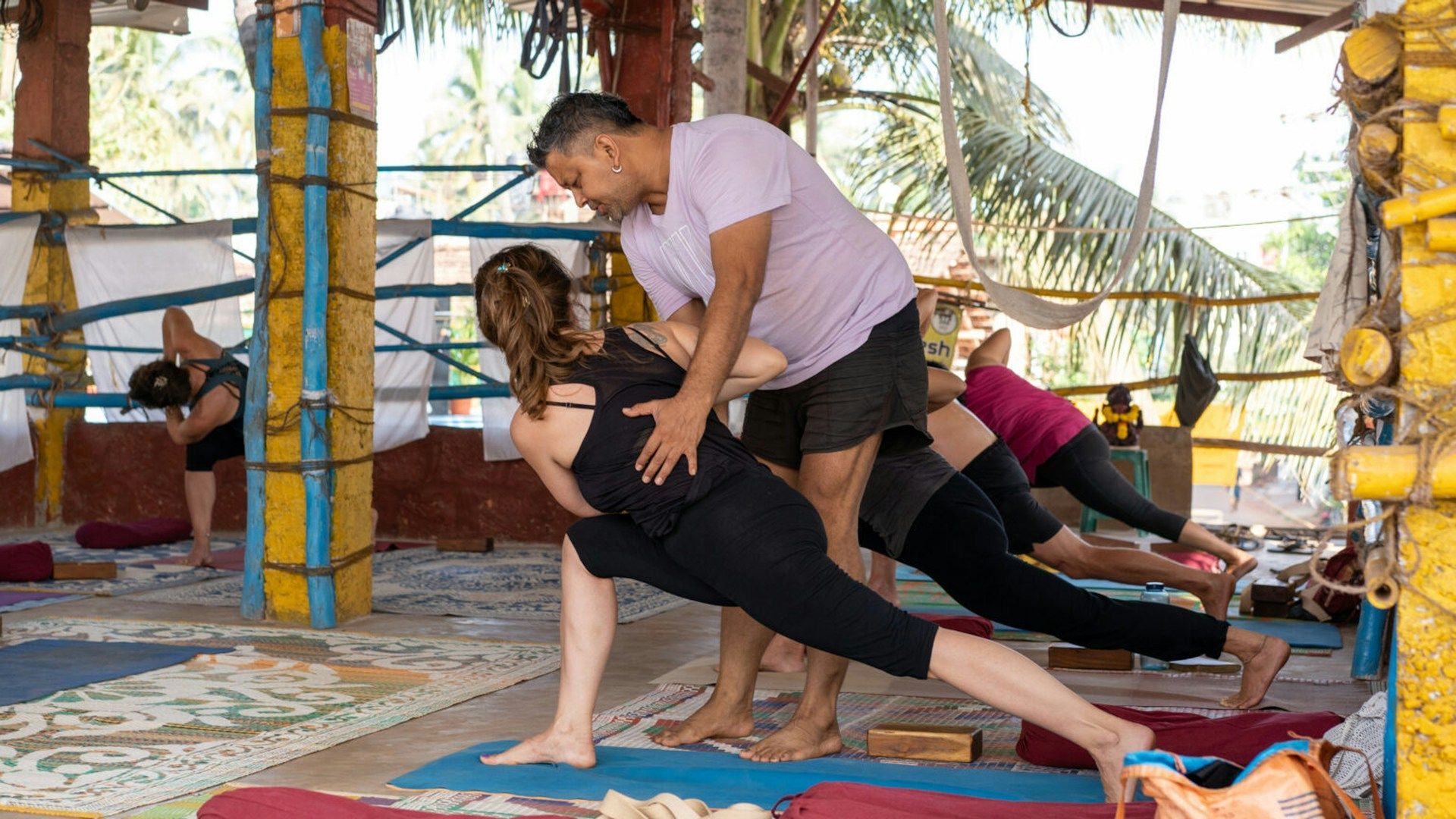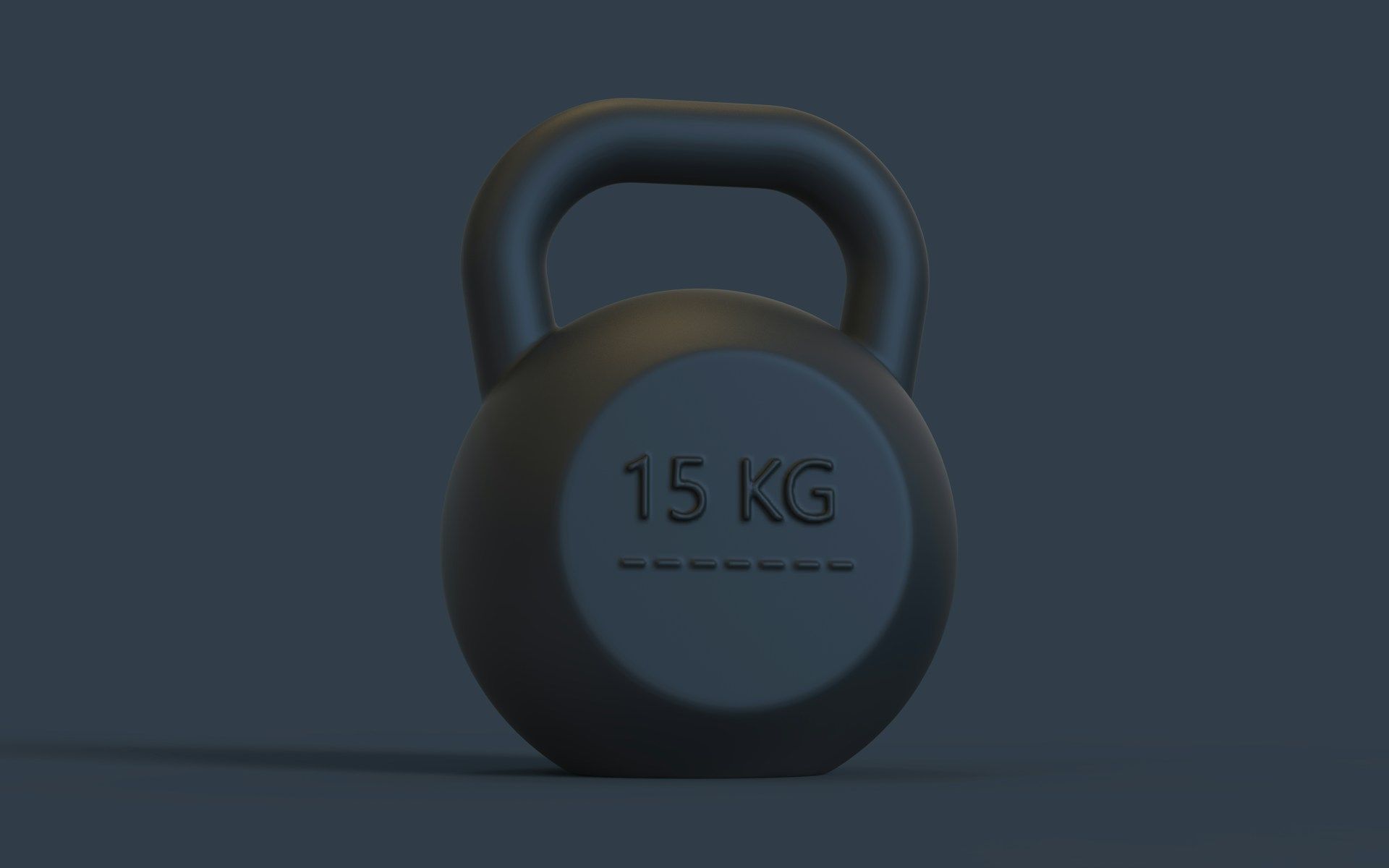When Mindfulness Doesn’t Work
What can a yoga guide say to those who claim "mindfulness simply doesn't work" for them? As always, compassion reigns.
Ah, the internet — that magical place where people put everyone and everything on blast. Mindfulness is no exception. While some folks hail it as a miracle cure, others claim it just doesn’t work for them.
As in many controversies, the truth likely lies somewhere in the middle. Furthermore, people can observe the same experience from multiple perspectives. One of my guiding principles is non-interference, meaning when I see such posts, I don’t argue but scroll by with a nod. However, as a yoga guide, I feel compelled to address what people might mean when they say mindfulness doesn’t work and offer insights from my experience.
Mindfulness Is Not a Miracle Overnight Cure
Few people would be more shocked than me if a single yoga class eased chronic aches and pains or led to a psychological breakthrough. It would be the equivalent of a well-worn path appearing through dense forest after only one set of feet trod the earth.
Mindfulness can change your thinking patterns, but it doesn’t happen overnight. Think of your mind like a garden, your thoughts like plants. When left alone — when you don’t engage in any mindful practices — thoughts appear nevertheless, just like wild growing things do. These thoughts influence how you feel and behave.
Over time, the connection between certain thoughts, feelings and behaviors grows stronger. The repeated, if unintentional, linking between these ideas and subsequent actions
carves neural pathways in your psyche, the same way that multiple sets of tramping feet will eventually create a well-worn forest trail. It’s how seemingly innocent choices, such as reaching for a drink after a stressful day, can transform into maladaptive coping mechanisms. Each time you make the same decision, you coach your body and mind, “This is how we manage uncomfortable feelings.” As a result, turning to the bottle at the first sign of discomfort becomes reflexive, mindless.
Return to the forest path analogy. Even if you stopped using a given trail today, it would take quite some time for it to grow over. In the meantime, you’d still need a way to get from point A to point B. Doing so would mean bushwhacking through countless weeds — it likewise takes time to create a new way to go.
Your mind is no different. I’ve been practicing yoga and meditation on a daily basis for the past six years. Guess what? I still battle maladaptive thoughts, and the resulting feelings and behaviors. I’m far from perfect.
However, I’m miles apart from where I was when I started my mindfulness journey, and the difference in how I feel is profound. As an undiagnosed autistic until the age of 52 and a survivor of both “big T” and “little T” trauma, I am no stranger to severe anxiety, panic attacks and meltdowns. The sheer magnitude of my fear used to drive me to impulsive, often destructive acts or leave me utterly prostrate in a substance-induced stupor in an attempt to self-destruct.
While I still experience anxiety and even panic attacks today, there’s a world of difference in the quality and magnitude of the experience. Instead of them controlling me, I remain largely in the driver’s seat. I still feel intense discomfort — but I’m also able to step back and look at the situation as a neutral, third-party observer. Doing so enables me to choose healthy coping mechanisms, such as talking to my mat, instead of instinctively and impulsively reaching for the bottle.
Doing so makes the difference between handling a negative situation and making it worse. However, building this ability took time and work. It took a lot of talking to the mat before choosing that coping mechanism to become nearly as instinctive as wanting to drink. Even today, walking the healthy path is a conscious choice. Yet I know following the unhealthy one is going to take me somewhere I don’t want to go and reinforce habits I don’t want to build.
That’s why I talk to the mat daily — to keep on my level, to tend my new garden pathway. It’s why Only in Sedona Yoga focuses on short flows you can fit into your daily life without rearranging your routine. Your mindfulness practice need not take much time, and I’m living proof you don’t need a fancy retreat for it to transform yourself. However, you must be consistent in tending to your mental plant collection, addressing those weeds they arise so you don’t end up back in a tangle. Mindfulness is less of an overnight transformation than a lifelong coping mechanism, but the results make daily practice more than worth it for me.
Mindfulness Isn’t a Miracle Cure for Disease
Just as thoughts can arise from seemingly nowhere, so can disease. While experts can sometimes pinpoint cause and effect, such as the link between asbestos and mesothelioma, it’s often impossible to know which of millions of events caused a problematic gene to “switch on” or cluster of cells to mutate. While certain factors may contribute to the etiology of certain conditions, association is not causation — while many smokers develop lung cancer, for example, others do not.
Multiple studies highlight mindfulness’ efficacy at improving the symptoms of various diseases. For example:
An 8-week mindfulness program reduced stress and symptoms while increasing brain matter volume in patients with MS.- Mindfulness practice can reduce the insomnia, stress, depression and anxiety cancer patients experience and lessen the nausea and fatigue associated with chemotherapy.
- Mindfulness can decrease caregiver burden in those caring for adults with chronic diseases.
Results like these have countless bloggers recommending mindfulness as a successful intervention, which it is. Unfortunately, the overly positive tone of some publications can create false expectations in readers. It’s a short mental leap from “mindfulness helps” to “mindfulness cures.” As a result, when some practitioners remain sick even after spending time practicing yoga or sitting in quiet meditation, they jump to the conclusion that mindfulness doesn’t work at all.
“Better” is not “perfect,” but it’s still an improvement. Discarding mindfulness altogether because it fails to cure disease is a lot like turning down a glass of water when you need a full liter to rehydrate yourself. That sole cup might not fulfill all your needs — but it can give you sufficient energy to make it to the next oasis. Likewise, practicing mindfulness can provide enough relief and mental clarity to facilitate attending multiple doctor appointments and taking medicines as prescribed.
When Mindfulness Practice Becomes Rumination
Does mindfulness have a dark side? It depends on your perspective. If your time on the mat dissolves into rumination, it can harm your mental health. Since everything is connected, these adverse effects may even have a physical impact, given sufficient time.
What is rumination? The dictionary defines it as a cognitive process that involves repeatedly dwelling on negative thoughts, emotions and experiences. It may look like:
Repeatedly blaming a particular person or institution for your circumstances, fantasizing about their demise or plotting revenge- Emphasizing only the negative aspects of an unfortunate event while refusing to acknowledge the positive. For example, repeatedly telling yourself, “I’ll never find another job like that” after getting laid off while dismissing the opportunity you now have to find something higher-paying and better aligned with your career goals.
- Echoism, or the ceaseless repetition of a singular negative thought, such as, “I’m worthless,” “I destroy everything I touch.”
- Yielding to passive acceptance of unacceptable circumstances. Unlike radical acceptance, which invites you to see the situation clearly, as it is, yielding to passive acceptance is the mental equivalent of saying, “nothing will ever get better: there’s no hope of a positive outcome.” It’s the death of hope rather than a path to creating it.
I’m admittedly as prone to rumination as anyone, and I’ve had a lot of practice at it. The best way I have found to move past it is to shift your focus. That may take the form of switching to a guided meditation form, such as yoga nidra, or simply returning your awareness to counting your inhales and exhales each time your mind begins to wander.
Another trick I use is tiring myself out a bit, letting my body naturally channel
the stress hormones adrenaline and cortisol before entering contemplative practice. When I first began my healing journey, I’d often practice vigorous Ashtanga before each restorative session. It was the only way my neurodiverse, traumatized self could ease my discomfort enough to sit quietly with my thoughts. Nowadays, I rarely need this extra step, although I do strive to get my heart pumping daily to keep my hormone levels in check.
Keeping your mindfulness sessions short can help. So can having a trusted friend or therapist at the ready to help you process any big feelings that arise. You may even wish to begin your mindfulness journey under the tutelage of a trained guide as part of a comprehensive mental health program if you have the means and access to one.
Does Mindfulness Work for Everyone?
I’m a strong proponent of mindfulness. Talking to the mat worked for me when literally everything else I tried had failed. That said, I am one person. It would be disingenuous in the extreme to make a blanket generalization like, “sure, mindfulness works for everyone — try it!”
I love mindfulness because it is accessible to anyone, regardless of your socioeconomic status or where you live. For many in the United States, it’s the ideal intervention, as it doesn’t require deductibles, copays or even a yoga mat to begin, let alone preapproval from the folks at Aetna or United Healthcare. That said — it might not be right for you. I’m also a huge proponent of abandoning practices that don’t work, so if you find it harmful, don’t do it. It’s as simple as that.
Still, it’s worthwhile to consider your options, what you’ve tried and why it may not have worked. It may be that you simply need to dedicate a bit more time to tending your mental garden before you reap the rich harvest. You might need different tools — some respond best to vigorous vinyasa in the sun while others sink into their zafu as if born to it. Be realistic about your expectations. Even by tuning into what techniques do and do not work for you is ultimately, well, practicing mindfulness. Feel free to muse on that inherent contradiction as long as you like.
With love and hope for healing always ~ J.











